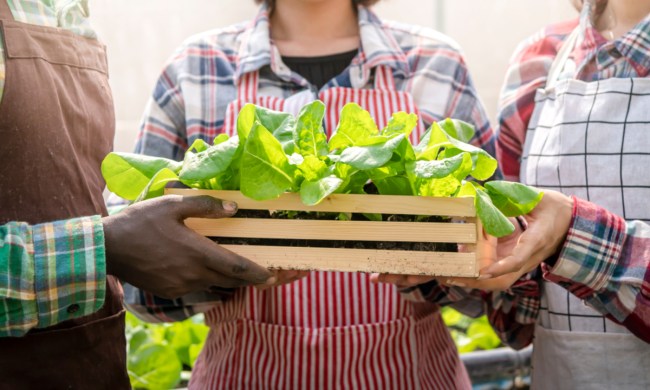Winter is an unstoppable force, and gardeners tend to have a love/hate relationship with it. On the one hand, we hate watching our garden die off, and we miss watching green things grow. On the other hand, winter is an excellent time to take a break and relax in front of a fire — unless you have a greenhouse.
Of course, a greenhouse can only protect plants under certain conditions, and after a point, it’s too cold even for a greenhouse to do much. It can help a lot, but it can't work miracles. So how do you get the most out of your greenhouse and protect your plants from the cold winter elements? Keep reading to find out!
If you want a greenhouse to protect your plants from the bitter cold, you should probably invest in a greenhouse that’s designed to do so. Not all greenhouses are created equal. Not everyone needs a greenhouse to protect their plants from temperatures that dip far below freezing or even below zero, but some do. For those of you in that frigid climate, we recommend spending the extra money on a cold-hardy greenhouse so your plants can stay warm during those harsh winters.
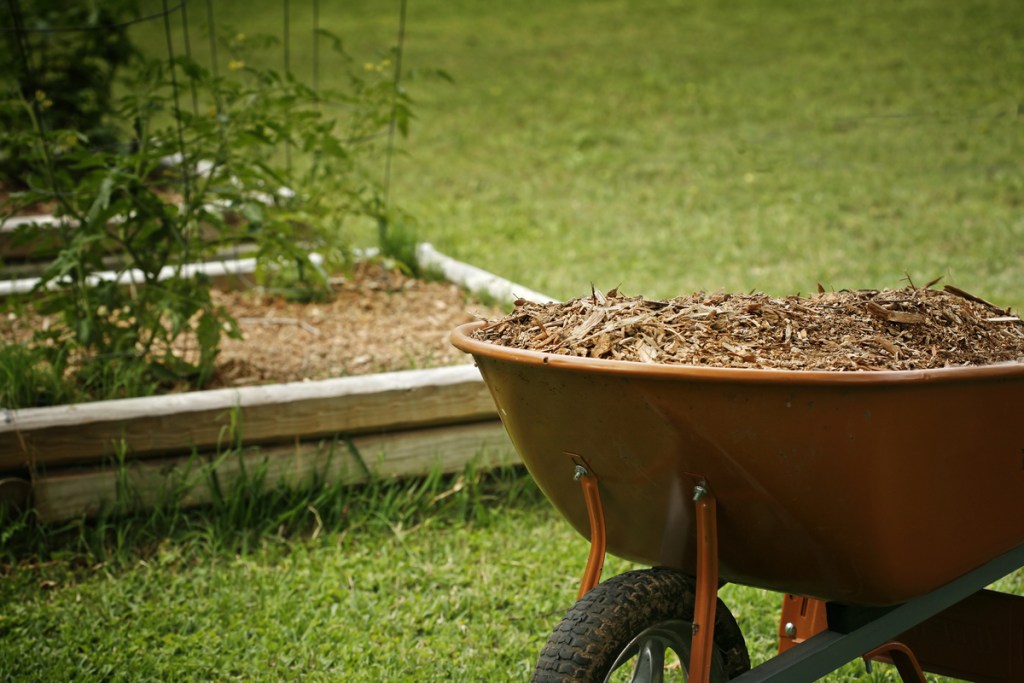
How to insulate your greenhouse for winter
The sun is naturally going to heat your greenhouse, but if you’re looking to guarantee your plants are safe and warm, there are a few ways you can improve how well your greenhouse holds onto heat. These are also good tips for those who live in colder climates. Sometimes a greenhouse isn’t built for harsh winters, and these tips can help bring another line of defense against the cold.
Step 1: Use bubble wrap to insulate the walls of your greenhouse. This is a cheap and eco-friendly way to bring in some insulation. Just start saving the bubble wrap you get in packages and use it in the winter along the walls of your greenhouse.
Step 2: It doesn’t matter how well built your greenhouse is, and it won’t matter how well you've maintained it; there are always holes that crop up throughout the season, and they can spell disaster during the winter. Patch any holes around the greenhouse with weatherproofing tape (and you can use the tape to install the bubble wrap as well).
Step 3: The last line of defense for your plant is mulching. Applying a thick layer of mulch around the base of your plants will protect their roots from life-threatening frost. You can use wood chips, leaves, or a mixture of items from around your home or from your local garden center.
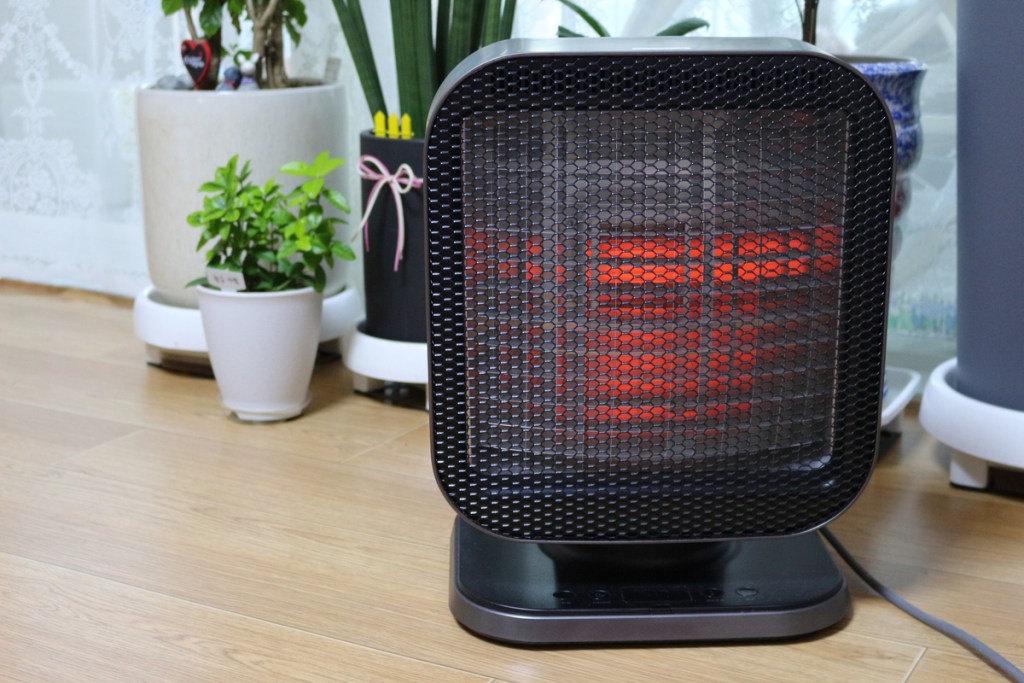
Buy a space heater
If you’re still worried that your plants won’t be warm enough, you can buy a space heater. There are many space heater options out there, and none are better than any others, so it's all a matter of preference.
You can choose from electric, gas, propane, and solar-powered options. Pick which one you think is best for your situation and find a size that will be able to handle your space. All that information will be within the product specifications, so be sure to read those carefully.
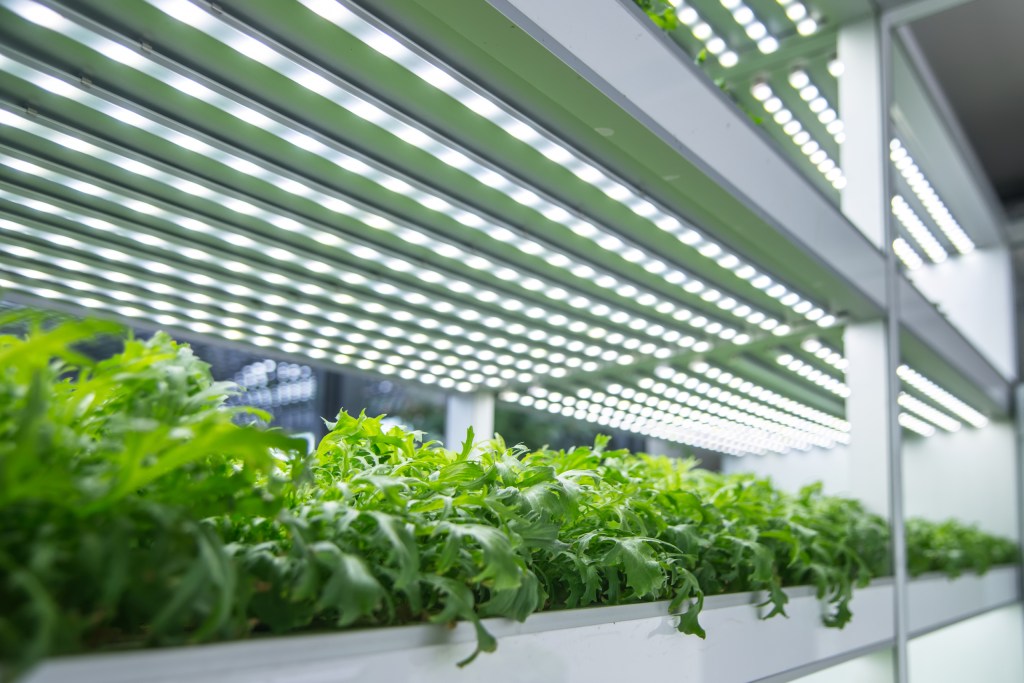
Install ample lighting
Actors used to sweat under spotlights because the bulbs were so bright. You can use this to your advantage in a greenhouse by providing your plants with enough lighting; this way, you’re ensuring they’re provided with enough light for photosynthesis, and you’ll be warming up the space.
There are lots of options out there, and many of them can be put on timers so they automatically turn off and on. This makes life easier for you, and it ensures your plants are getting plenty of light even when you decide to sleep in on Saturday.
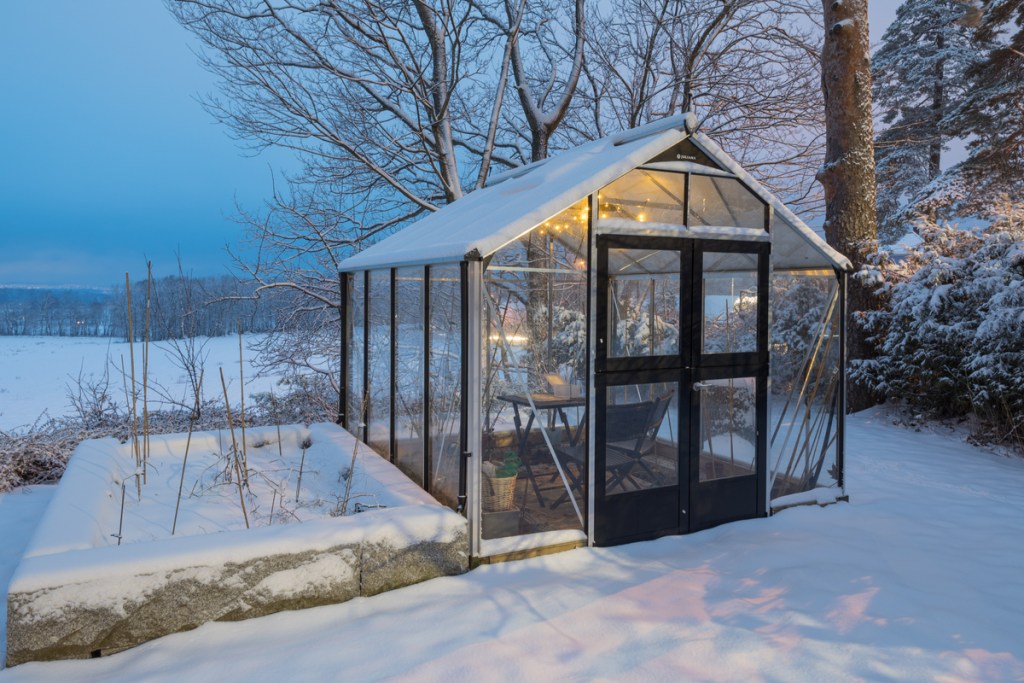
Pick the right plants
The best way to have a successful winter greenhouse experience is by choosing the right plants to grow during this time of year. It doesn’t matter how many heaters or humidifiers you have in your greenhouse: Growing hot peppers in your greenhouse in the middle of a freezing winter will be difficult.
So to make life easier for you and the plants, choose plants that are already cold-hardy growers and that will taste better when exposed to cooler temperatures.
- Lettuce
- Kale
- Onions
- Parsley
- Chives
- Rosemary
- Leeks
- Beets
- Radishes
- Garlic
It might be a bit nerve-racking to watch the outside temperature drop while you have precious plant babies in the greenhouse. But with these tips and tricks, you can go to sleep peacefully knowing your plants are warm and safe in your winterized greenhouse.


